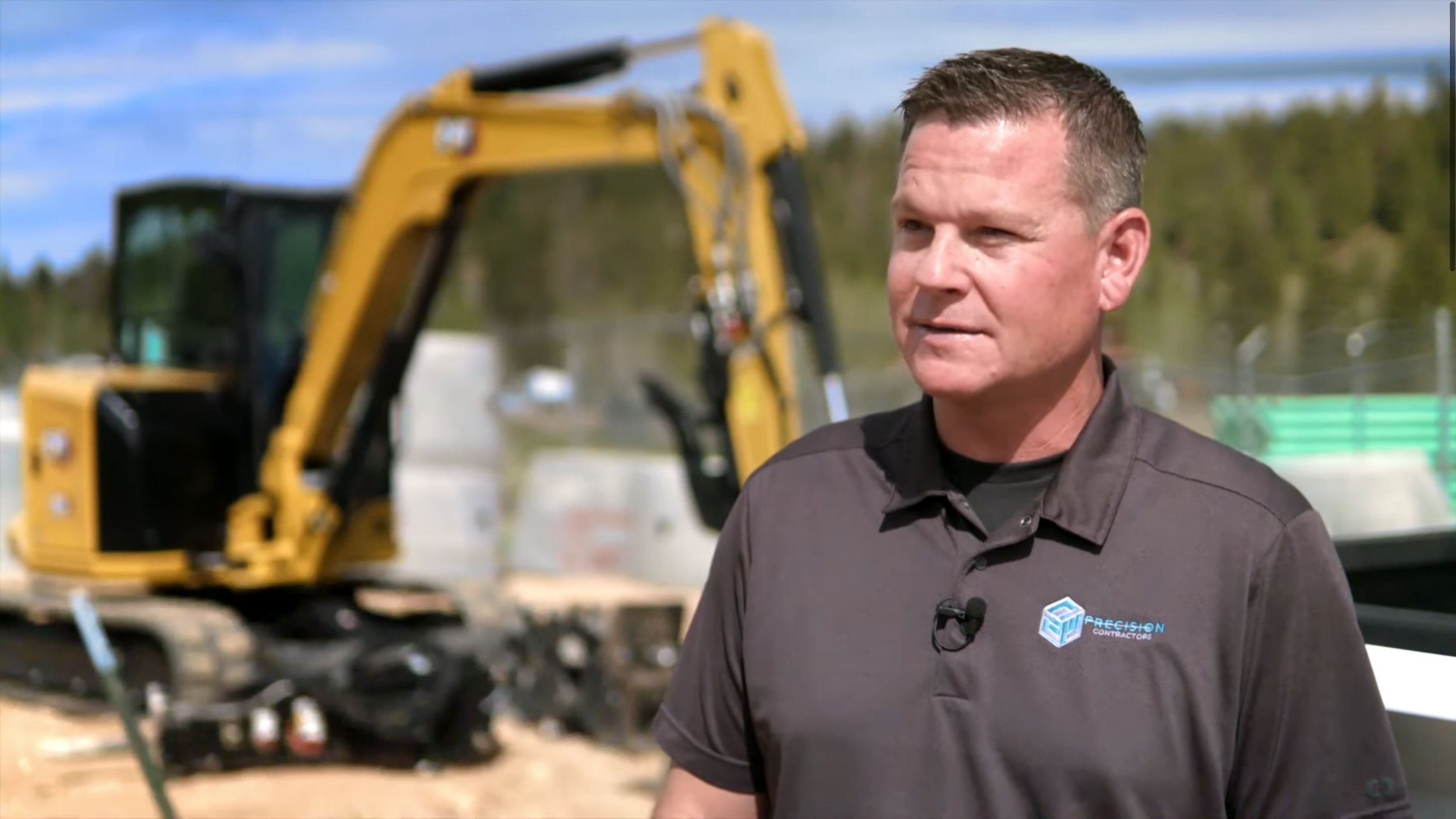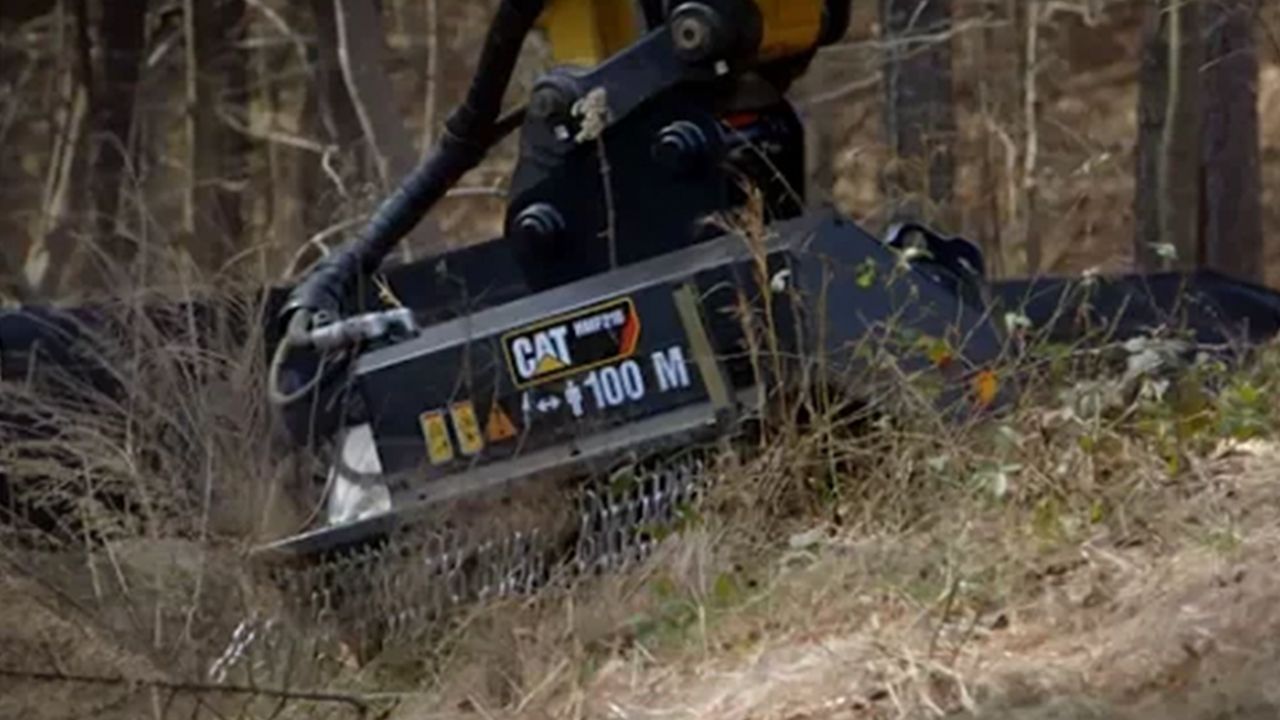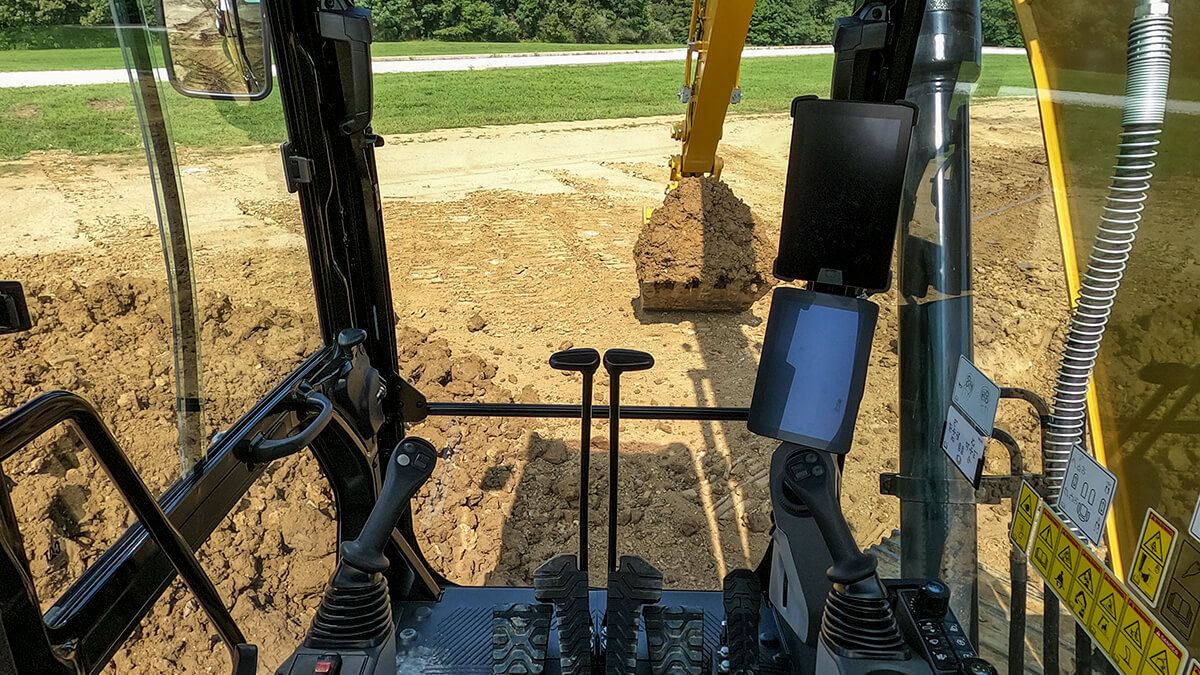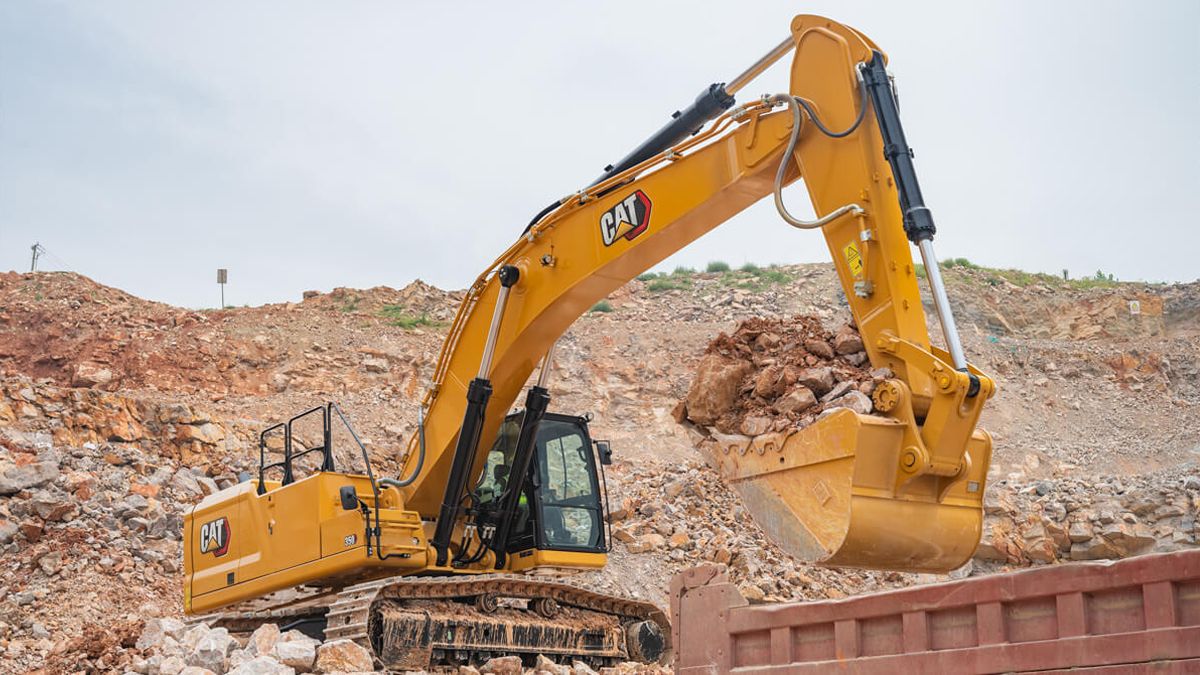

Sign In
Welcome! Sign In to personalize your Cat.com experience
If you already have an existing account with another Cat App, you can use the same account to sign in here
Register Now
One Account. All of Cat.
Your Caterpillar account is the single account you use to log in to select services and applications we offer. Shop for parts and machines online, manage your fleet, go mobile, and more.
Account Information
Site Settings
Security
Happy Excavator Hammers Live Longer Lives
Hydraulic excavator hammers live in a world of shock, jolts, vibration, grit and grime. Cat® hammers are designed to withstand the applications they work in well. But common operator mistakes can shorten their operating life expectancy. Luckily, a little operator training can go a long way toward extending hammer life and boosting productivity.
Estimated read time: 4 minutes
The operator is your first line of defense when it comes to extending attachment life, and hydraulic excavator hammers are no exception. They’re tough implements, so you don’t need to baby them. But good, common sense operating habits can cut down on misuse and minimize preventable damage.
The very nature of their job — bearing the brunt of repeated impacts and vibration — results in wear over time. So, no matter how well you care for them, sooner or later you’ll have to rebuild or, in severe cases, replace an hydraulic excavator hammer.
But that doesn’t mean you shouldn’t strive to get every impact possible from your hammers before putting them out to pasture.

Estimated watch time: 1 minute
Make a Good Machine-Hammer Match
The best way to ensure long hammer life is to make a good machine-attachment match from the get-go.
Never run a large hammer on a small excavator and vice-versa.
Match the size/weight of the breaker to the excavator’s lift capabilities for operating stability.
Make sure the hydraulics are compatible.
Check hydraulic flow and pressure relief settings to prevent overflowing the hammer and damaging it. If the relief setting is too low, you won't get enough operating pressure before it goes over relief, causing heat in the system.
Make sure the breaker and carrier are properly set up for the application. For example, if the breaker will be operated with part or all of the attachment submerged under water, make sure the breaker and carrier both are properly set up for underwater use.
The Right-size Bite
Train your operators how to properly position a breaker to optimize productivity and minimize stress on the attachment and carrier. Taking too big a “bite” out of a slab of concrete or a boulder will overheat the hammer with little production to show for the effort. If this goes on for too long, the hammer will start “drilling” the material instead of penetrating it.
This, in turn, will lead to excessive heat buildup at the point of the tool. The tool will burr up at its edges, creating a condition known as “mushrooming.” Once this occurs, the tool is compromised and on the brink of a severe failure. Taking this even further will transmit excess vibration back to the excavator, which can lead to damage over time.
To minimize these risks, train your operators to:
Start breaking at a corner or edge of the material and work their way inward.
Frequently reposition the tool since operating in one spot for too long will lead to an increase in hydraulic temperature.
Encourage the use of "scoring" to penetrate material: Break it in one spot, move the tool over, break in another spot and so on. If the material doesn’t break right away, keep repositioning the hammer every 15 to 30 seconds until it does.
Stop the hammer from firing as soon as material breaks apart.
Keep blank firing the hammer to a minimum. Blank firing occurs when the breaker is operated with the tool suspended in the air, causing the piston to fire inside the housing. This can be hard on the hammer tie rods and potentially cause major internal damage.
Never rake or pry with a hammer’s tool bit. Doing so can cause tool point breakage and damage to the hammer.
Additionally, train your operators to constantly watch the breaker to make sure it's lubricated and properly maintained. Have them visually inspect the breaker on a daily basis to make sure there isn't any damage that could turn into a larger problem. They should also pay attention to wear items, tool bits and bushings and replace them on a timely basis.
Train operators to do the following daily:
Perform a basic inspection on the hammer and report any defects or damage immediately.
Check the oil levels in the hydraulic system.
Visually inspect all hoses, mounting brackets, box and tool/lower bushings.
Always store a hammer vertically once its work is done.
Since a well-informed operator can identify if a hammer is performing correctly, consider dedicating operators to a specific machine and breaker. That dedicated operator gets to know both the machine and the hammer itself and how to get the most productivity out of it. They’ll also be able to spot potential problems before they become major maintenance issues.
Learn more about Cat® attachments, or talk to your Cat dealer for more about attachments for your excavator.
Popular Articles About Excavators
Get the most from your excavator with operating tips, safety advice, maintenance help and much more.
-
A Crowd Favorite
Hear real customer stories and experiences with the Cat® mini excavator.
Learn More -
A Better-Engineered Flail Mower
Learn about the flail mower attachments available for your Cat® mini excavator.
Learn More -
View Your Excavator’s Electronic Maintenance Manual
Need to see your manual on the go? Your excavator has an electronic maintenance manual.
GO PAPERLESS NOW -
Get To Know Your Cat® 350 Excavator
Just starting out? Learn where to find important features on your new 350 excavator.
GET STARTED NOW
Once You Own, You're In
Gain unlimited access to must-know information about your machine. Find ideas you can put to work on the job right away, including business insights.




